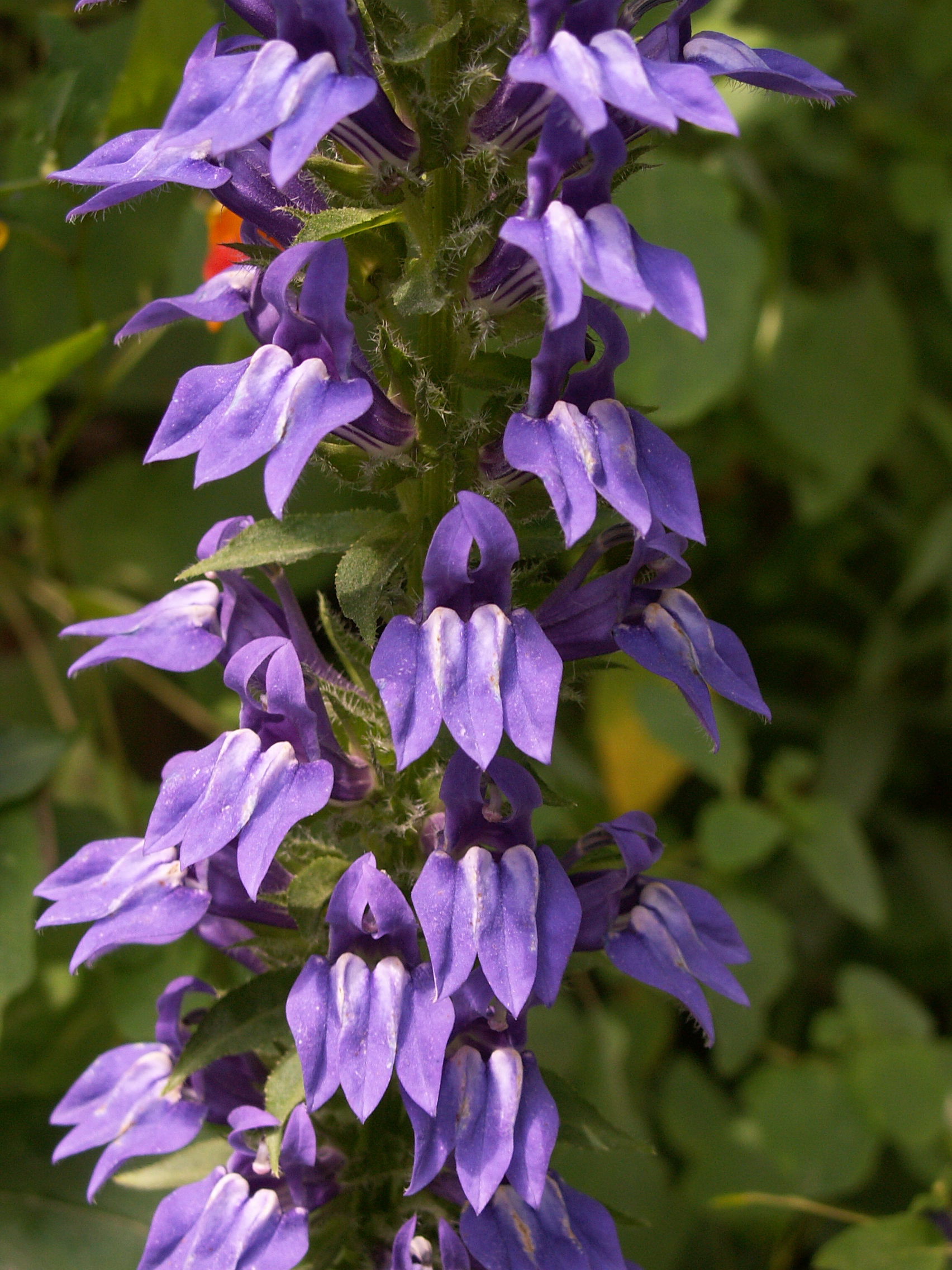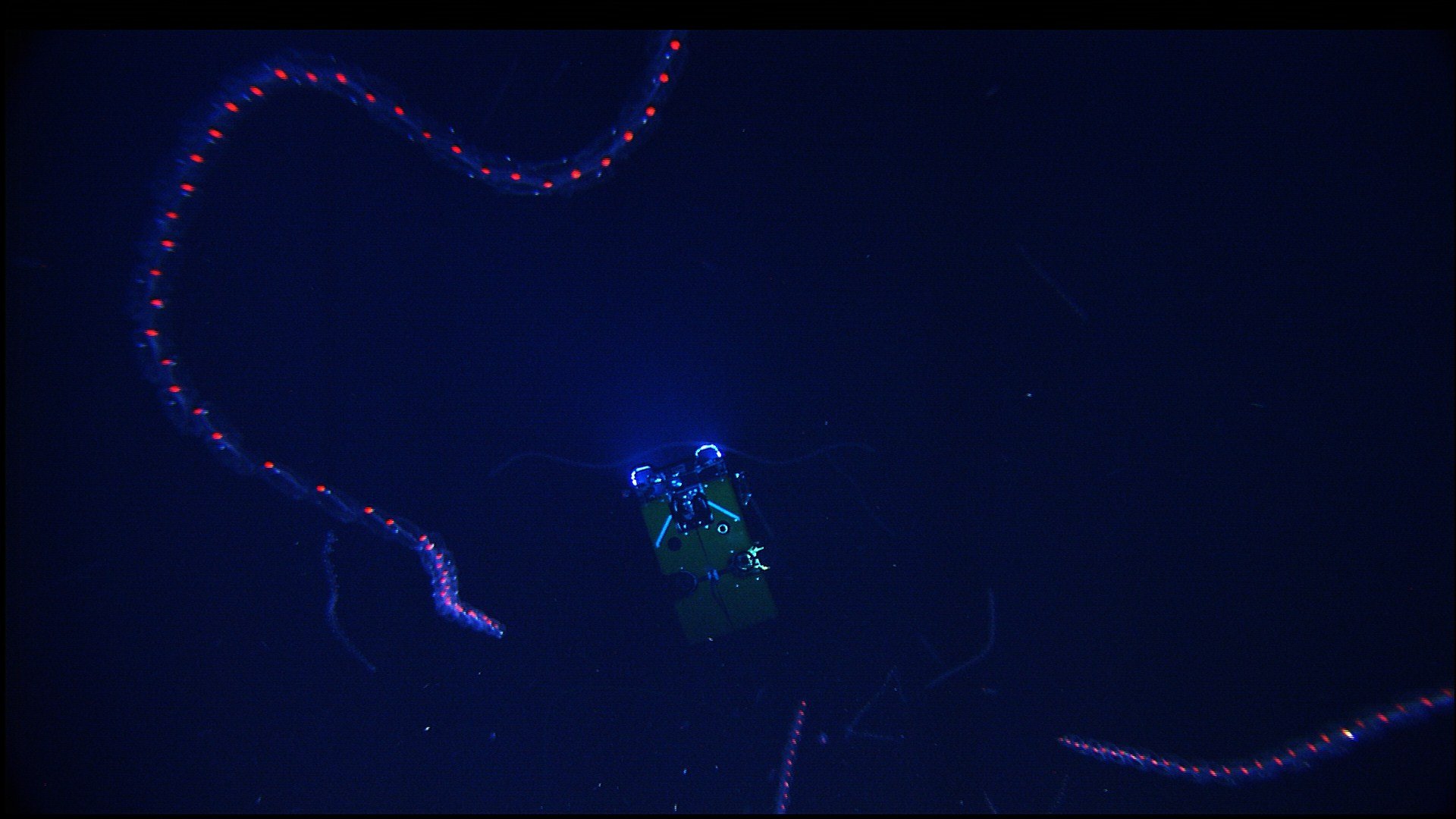|
Dioecious
Dioecy (; ; adj. dioecious , ) is a characteristic of a species, meaning that it has distinct individual organisms (unisexual) that produce male or female gametes, either directly (in animals) or indirectly (in seed plants). Dioecious reproduction is biparental reproduction. Dioecy has costs, since only about half the population directly produces offspring. It is one method for excluding self-fertilization and promoting allogamy (outcrossing), and thus tends to reduce the expression of recessive deleterious mutations present in a population. Plants have several other methods of preventing self-fertilization including, for example, dichogamy, herkogamy, and self-incompatibility. Dioecy is a dimorphic sexual system, alongside gynodioecy and androdioecy. In zoology In zoology, dioecious species may be opposed to hermaphroditic species, meaning that an individual is either male or female, in which case the synonym gonochory is more often used. Most animal species are dio ... [...More Info...] [...Related Items...] OR: [Wikipedia] [Google] [Baidu] |
Androdioecy
Androdioecy is a reproductive system characterized by the coexistence of males and hermaphrodites. Androdioecy is rare in comparison with the other major reproductive systems: dioecy, gynodioecy and hermaphroditism. In animals, androdioecy has been considered a stepping stone in the transition from dioecy to hermaphroditism, and vice versa. Androdioecy is sometimes referred to as a mixed breeding system with trioecy and gynodioecy. It is a dimorphic sexual system in plants alongside gynodioecy and dioecy. Evolution of androdioecy The fitness requirements for androdioecy to arise and sustain itself are theoretically so improbable that it was long considered that such systems do not exist. Particularly, males and hermaphrodites have to have the same fitness, in other words the same number of offspring, in order to be maintained. However, males only have offspring by fertilizing eggs or ovules of hermaphrodites, while hermaphrodites have offspring both through fertilizing eggs or ... [...More Info...] [...Related Items...] OR: [Wikipedia] [Google] [Baidu] |
Alternation Of Generations
Alternation of generations (also known as metagenesis or heterogenesis) is the predominant type of life cycle in plants and algae. It consists of a multicellular haploid sexual phase, the gametophyte, which has a single set of chromosomes alternating with a multicellular diploid asexual phase, the sporophyte which has two sets of chromosomes. A mature sporophyte produces haploid spores by meiosis, a process which reduces the number of chromosomes to half, from two sets to one. The resulting haploid spores germinate and grow into multicellular haploid gametophytes. At maturity, a gametophyte produces gametes by mitosis, the normal process of cell division in eukaryotes, which maintains the original number of chromosomes. Two haploid gametes (originating from different organisms of the same species or from the same organism) fertilisation, fuse to produce a diploid zygote, which divides repeatedly by mitosis, developing into a multicellular diploid sporophyte. This cycle, f ... [...More Info...] [...Related Items...] OR: [Wikipedia] [Google] [Baidu] |
Gynodioecy
Gynodioecy is a rare breeding system that is found in certain flowering plant species in which female and hermaphroditic plants coexist within a population. Gynodioecy is the evolutionary intermediate between hermaphroditism (exhibiting both female and male parts) and dioecy (having two distinct morphs: male and female). Gynodioecy is sometimes considered a mixed breeding system alongside trioecy and androdioecy. It is also considered a dimorphic sexual system alongside dioecy and androdioecy. Gynodioecy occurs as a result of a genetic mutation that inhibits a hermaphroditic plant from producing pollen, while keeping the female reproductive parts intact. Gynodioecy is extremely rare, with fewer than 1% of angiosperm species exhibiting the breeding system. Some notable taxa that exhibit a gynodioecious mating system include '' Beta vulgaris'' (wild beet), '' Lobelia siphilitica'', '' Silene'', and Lamiaceae. Evolution Gynodioecy is often referred to as the evolutionary int ... [...More Info...] [...Related Items...] OR: [Wikipedia] [Google] [Baidu] |
Gonochory
In biology, gonochorism is a sexual system where there are only two sexes and each individual organism is either male or female. The term gonochorism is usually applied in animal species, the vast majority of which are gonochoric. Gonochorism contrasts with simultaneous hermaphroditism but it may be hard to tell if a species is gonochoric or sequentially hermaphroditic. (e.g. Parrotfish, '' Patella ferruginea''). However, in gonochoric species individuals remain either male or female throughout their lives. Species that reproduce by thelytokous parthenogenesis and do not have males can still be classified as gonochoric. Terminology The term is derived from Greek (''gone'', generation) + (''chorizein,'' to separate). The term gonochorism originally came from German gonochorismus. Gonochorism is also referred to as unisexualism or gonochory. Evolution Gonochorism has evolved independently multiple times and is very evolutionary stable in animals. Its stability and ad ... [...More Info...] [...Related Items...] OR: [Wikipedia] [Google] [Baidu] |
Sexual System
A sexual system is a pattern of sex allocation or a distribution of male and female function across organisms in a species. Terms like reproductive system and mating system have also been used as synonyms. The distinction between sexual systems is not always clear due to phenotypic plasticity. Sexual systems are viewed as a key factor for genetic variation and reproductive success, and may have also led to the origin or extinction of certain species. Interests in sexual systems go back to Darwin, who found that barnacles contain species that are androdioecious and some that are dioecious. Types of sexual systems In plants there are monomorphic sexual systems where a species has hermaphrodite, male and/or female flowers on the same plant. Monomorphic sexual systems include monoecy, gynomonoecy, andromonoecy and trimonoecy. There are also dimorphic sexual systems like dioecy, gynodioecy and androdioecy. Mixed sexual systems are where hermaphrodites coexist with single se ... [...More Info...] [...Related Items...] OR: [Wikipedia] [Google] [Baidu] |
Hermaphrodite
In reproductive biology, a hermaphrodite () is an organism that has both kinds of reproductive organs and can produce both gametes associated with male and female sexes. Many taxonomic groups of animals (mostly invertebrates) do not have separate sexes. In these groups, hermaphroditism is a normal condition, enabling a form of sexual reproduction in which either partner can act as the female or male. For example, the great majority of tunicates, pulmonate molluscs, opisthobranch, earthworms, and slugs are hermaphrodites. Hermaphroditism is also found in some fish species and to a lesser degree in other vertebrates. Most plants are also hermaphrodites. Animal species having different sexes, male and female, are called gonochoric, which is the opposite of hermaphrodite. There are also species where hermaphrodites exist alongside males (called androdioecy) or alongside females (called gynodioecy), or all three exist in the same species (called trioecy); these three ... [...More Info...] [...Related Items...] OR: [Wikipedia] [Google] [Baidu] |
Siphonophorae
Siphonophorae (from Greek ''siphōn'' 'tube' + ''pherein'' 'to bear') is an order within Hydrozoa, which is a class of marine organisms within the phylum Cnidaria. According to the World Register of Marine Species, the order contains 175 species thus far. Although a siphonophore may appear to be an individual organism, each specimen is in fact a colonial organism composed of medusoid and polypoid zooids that are morphologically and functionally specialized. Zooids are multicellular units that develop from a single fertilized egg and combine to create functional colonies able to reproduce, digest, float, maintain body positioning, and use jet propulsion to move. Most colonies are long, thin, transparent floaters living in the pelagic zone. Like other hydrozoans, some siphonophores emit light to attract and attack prey. While many sea animals produce blue and green bioluminescence, a siphonophore in the genus '' Erenna'' was only the second life form found to produce a red ligh ... [...More Info...] [...Related Items...] OR: [Wikipedia] [Google] [Baidu] |
Allogamy
Allogamy or cross-fertilization is the fertilization of an ovum from one individual with the spermatozoa of another. By contrast, autogamy is the term used for self-fertilization. In humans, the fertilization event is an instance of allogamy. Self-fertilization occurs in hermaphroditic organisms where the two gametes fused in fertilization come from the same individual. This is common in plants (see Sexual reproduction in plants) and certain protozoans. In plants, allogamy is used specifically to mean the use of pollen from one plant to fertilize the flower of another plant and usually synonymous with the term "cross-fertilization" or "cross-pollination" ( outcrossing). The latter term can be used more specifically to mean pollen exchange between different plant strains or even different plant species (where the term ''cross-hybridization'' can be used) rather than simply between different individuals. Parasites having complex life cycles can pass through alternate stages ... [...More Info...] [...Related Items...] OR: [Wikipedia] [Google] [Baidu] |
Self-incompatibility In Plants
Self-incompatibility (SI) is a general name for several genetic mechanisms that prevent self-fertilization in sexually reproducing organisms, and thus encourage outcrossing and allogamy. It is contrasted with separation of sexes among individuals (dioecy), and their various modes of spatial (herkogamy) and temporally (dichogamy) separation. SI is best-studied and particularly common in flowering plants, although it is present in other groups, including sea squirts and fungi. In plants with SI, when a pollen grain produced in a plant reaches a stigma of the same plant or another plant with a matching allele or genotype, the process of pollen germination, pollen-tube growth, ovule fertilization, or embryo development is inhibited, and consequently no seeds are produced. SI is one of the most important means of preventing inbreeding and promoting the generation of new genotypes in plants and it is considered one of the causes of the spread and success of angiosperms on Earth. Mechan ... [...More Info...] [...Related Items...] OR: [Wikipedia] [Google] [Baidu] |
Egg Cell
The egg cell, or ovum (plural ova), is the female reproductive cell, or gamete, in most anisogamous organisms (organisms that reproduce sexually with a larger, female gamete and a smaller, male one). The term is used when the female gamete is not capable of movement (non- motile). If the male gamete (sperm) is capable of movement, the type of sexual reproduction is also classified as oogamous. A nonmotile female gamete formed in the oogonium of some algae, fungi, oomycetes, or bryophytes is an oosphere. When fertilized the oosphere becomes the oospore. When egg and sperm fuse during fertilisation, a diploid cell (the zygote) is formed, which rapidly grows into a new organism. History While the non-mammalian animal egg was obvious, the doctrine ''ex ovo omne vivum'' ("every living nimal comes froman egg"), associated with William Harvey (1578–1657), was a rejection of spontaneous generation and preformationism as well as a bold assumption that mammals also reproduced ... [...More Info...] [...Related Items...] OR: [Wikipedia] [Google] [Baidu] |
Biological Life Cycle
In biology, a biological life cycle (or just life cycle or lifecycle when the biological context is clear) is a series of changes in form that an organism undergoes, returning to the starting state. "The concept is closely related to those of the life history, development and ontogeny, but differs from them in stressing renewal." Transitions of form may involve growth, asexual reproduction, or sexual reproduction. In some organisms, different "generations" of the species succeed each other during the life cycle. For plants and many algae, there are two multicellular stages, and the life cycle is referred to as alternation of generations. The term life history is often used, particularly for organisms such as the red algae which have three multicellular stages (or more), rather than two.Dixon, P.S. 1973. ''Biology of the Rhodophyta.'' Oliver & Boyd. Life cycles that include sexual reproduction involve alternating haploid (''n'') and diploid (2''n'') stages, i.e., a change of ... [...More Info...] [...Related Items...] OR: [Wikipedia] [Google] [Baidu] |





